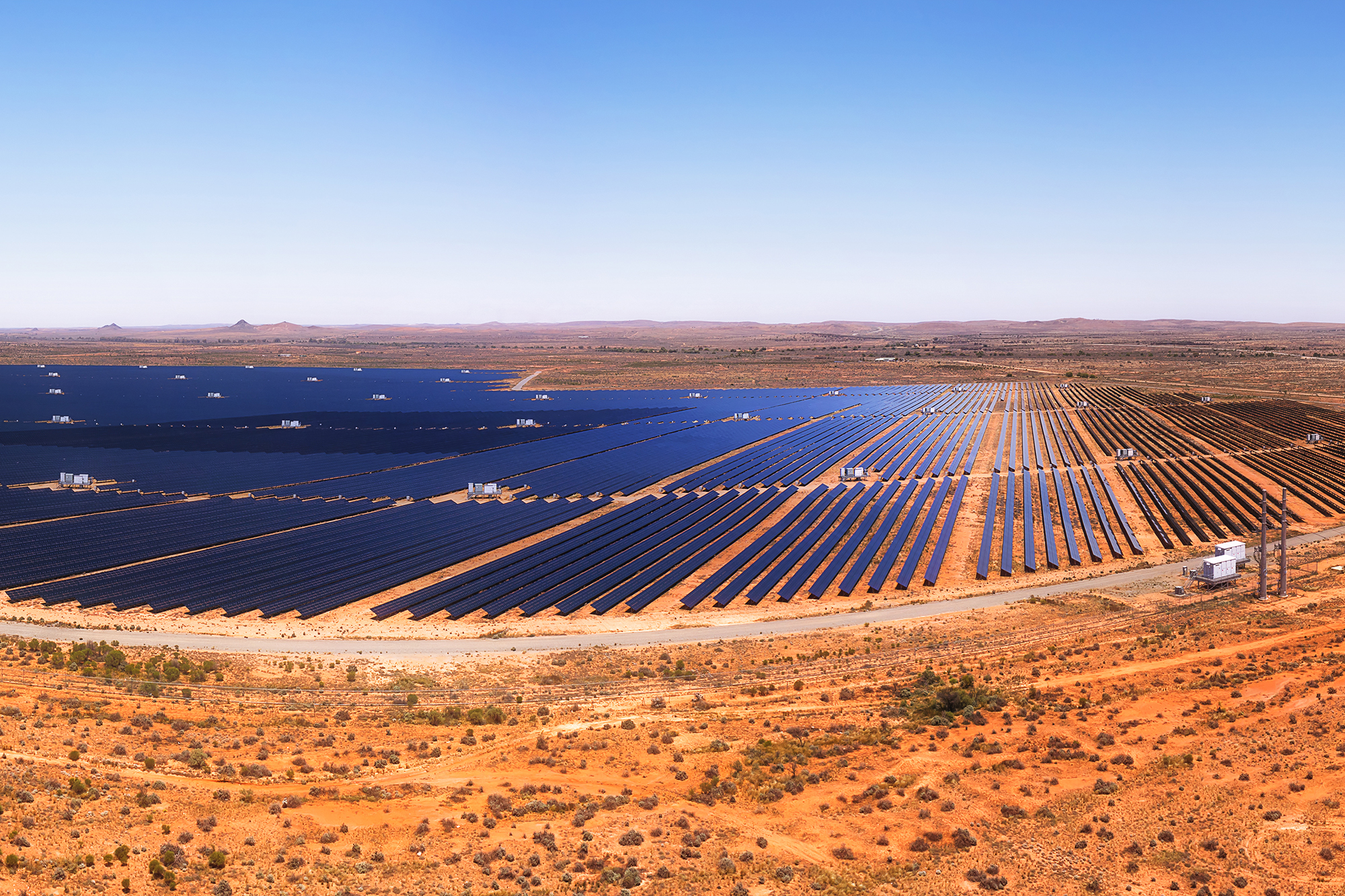Summary of Reserve and Resource Life
Australia has vast resources of many of the 36 major and minor mineral commodities covered in this report, as well as unquantified resources of many other minerals, some of which are considered critical for modern and emerging technologies and by trading partners.
It is not possible to state with any certainty how long Australia’s resources will last because production rates vary, the economic viability of deposits may change in the future and the rate of new resource delineation rarely matches resource depletion. However, a general impression of the range of possibilities can be gained by deriving the ratio of the various 2021 reserve and resource estimates to 2021 production figures (Table 6). Operating mines have provided the production rates for each commodity and the resulting ratios are an average mine life that assumes the unlikely scenario that no new mines are ever developed, no mines are closed or, if so, other mines make up the shortfall in production.
The reserve and resource life estimations for ‘all deposits’ (Table 6) indicate the potential for longer-term mineral supply in Australia. Using the AEDR/production ratio as the best proxy for a long-term outlook, it is only bauxite and gold that have resource lives of less than 50 years.
Table 6. Average reserve life and resource life (years) for selected commodities as at December 2021.
| Commodity | Operating Mines1 | All Deposits | ||||
|---|---|---|---|---|---|---|
| Ore Reserves2 | Demonstrated Mineral Resources3 | All Resources4 | Ore Reserves5 | AEDR6 | All Resources7 | |
| Bauxite | 15 | 29 | 33 | 15 | 35 | 80 |
| Black Coal | 20 | 59 | 93 | 29 | 135 | 295 |
| Cobalt | 28 | 47 | 51 | 116 | 300 | 570 |
| Copper | 23 | 99 | 131 | 29 | 120 | 180 |
| Gold | 11 | 25 | 34 | 15 | 40 | 60 |
| Ilmenite | 20 | 74 | 87 | 130 | 480 | 955 |
| Iron Ore | 12 | 33 | 79 | 25 | 60 | 170 |
| Lead | 17 | 56 | 74 | 21 | 75 | 125 |
| Lithium | 47 | 61 | 86 | 83 | 120 | 160 |
| Manganese Ore | 22 | 43 | 58 | 24 | 55 | 180 |
| Nickel | 25 | 52 | 67 | 58 | 145 | 290 |
| Rutile | 7 | 23 | 27 | 75 | 205 | 445 |
| Silver | 16 | 53 | 69 | 18 | 70 | 105 |
| Tin | 25 | 42 | 46 | 34 | 65 | 110 |
| Uranium | 62 | 262 | 353 | 67 | 320 | 510 |
| Zinc | 13 | 43 | 87 | 15 | 50 | 85 |
| Zircon | 6 | 20 | 23 | 55 | 145 | 270 |
Notes
Reserve and resource life for each mineral commodity are calculated by dividing the inventory by production. The resulting ratio is a snapshot in time that can only be used for general impressions because it is an average and it assumes (1) that production rates in the future will remain the same as those used in the calculation, (2) deposits deemed economic/uneconomic remain so in the future and (3) that depleted resources are never replaced.
Previous editions of this table have included diamond. However, with the closure of the Argyle mine, Australia no longer has any operating diamond mines.
- Operating mines includes all mines that operated during 2021 and thus contributed to production (see Table 1).
- Ore Reserves for operating mines, as reported in accordance with the JORC Code, plus non-JORC Code equivalents (see Table 1).
- Measured and Indicated Mineral Resources for operating mines are inclusive of Ore Reserves, as reported in accordance with the JORC Code, plus non-JORC Code-equivalents (see Table 1).
- All Resources for Operating Mines includes Measured, Indicated and Inferred Mineral Resources, inclusive of Ore Reserves, as reported in accordance with the JORC Code, plus non-JORC Code-equivalents (see Table 1).
- Ore Reserves for all deposits as reported in accordance with the JORC Code, plus non-JORC Code equivalents (see Table 2).
- AEDR for all deposits = Accessible Economic Demonstrated Resources (see Table 3). Figures rounded to nearest five years.
- All Resources for all deposits includes EDR, Subeconomic Demonstrated Resources and Inferred Resources (see Table 3). Figures rounded to nearest five years.

